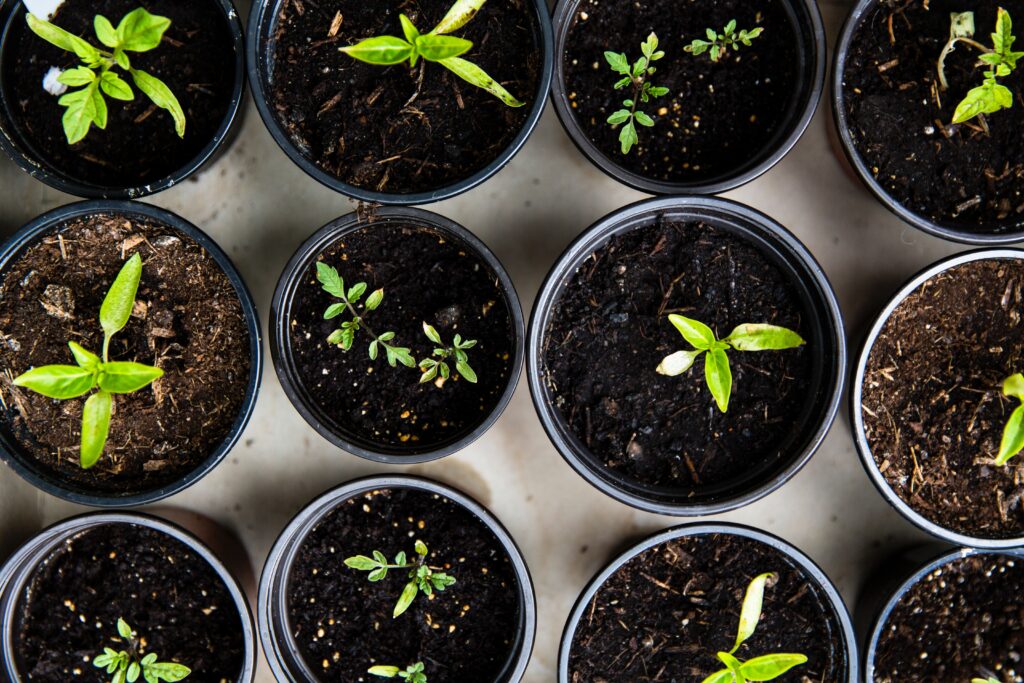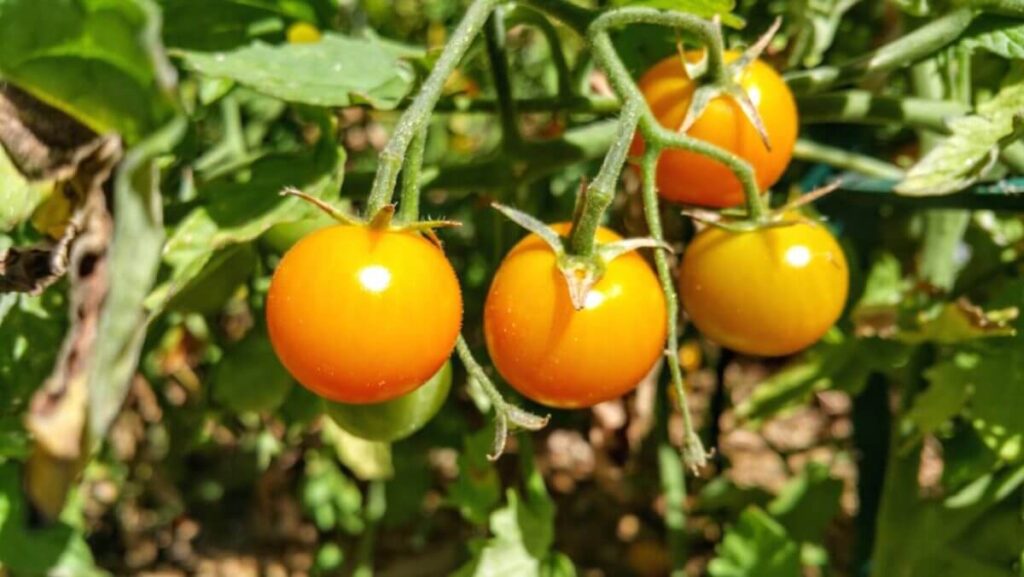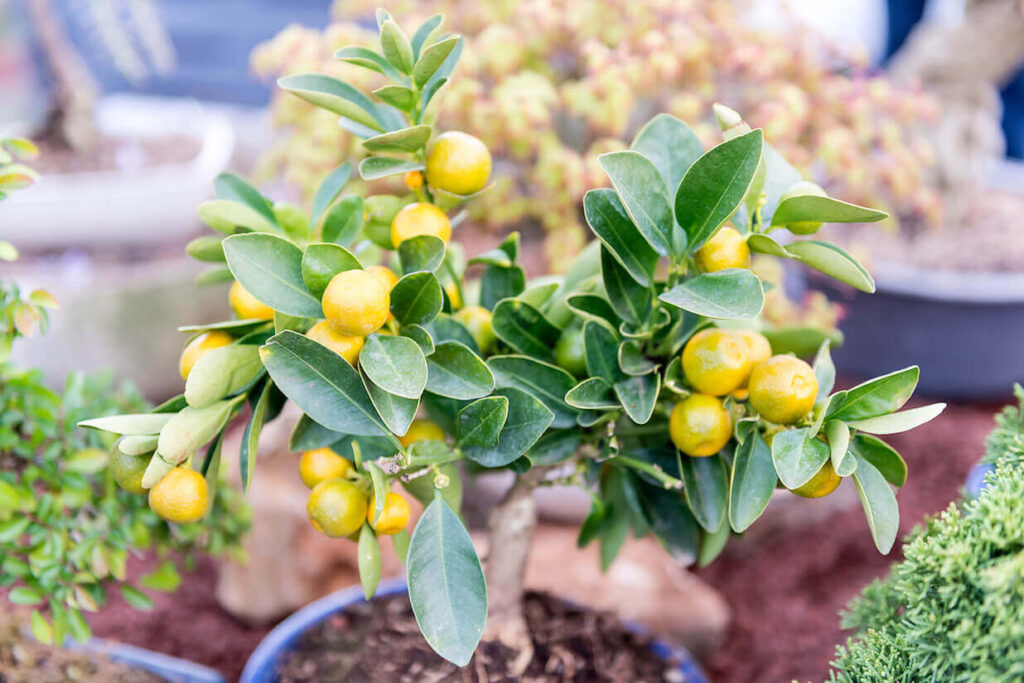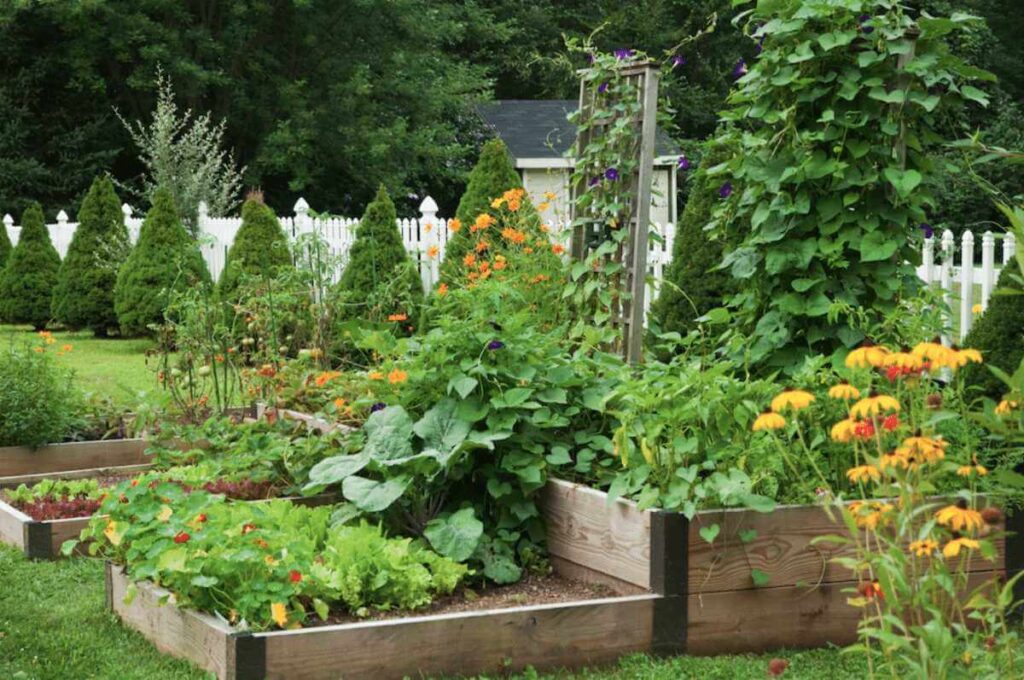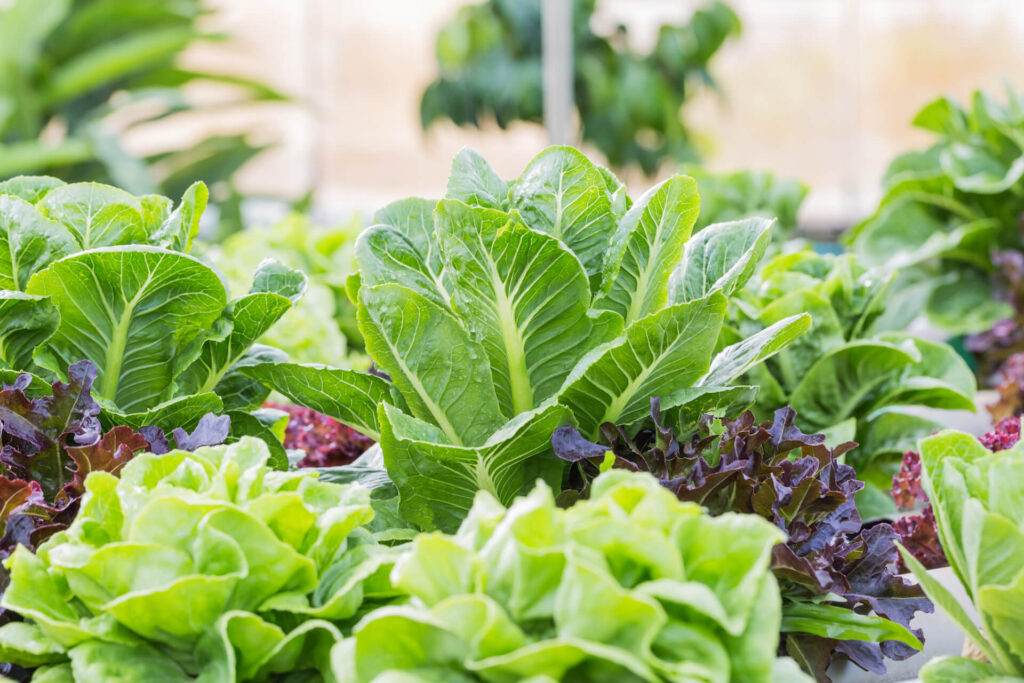In recent years, there has been a remarkable shift towards organic gardening practices as people recognize the importance of sustainable and environmentally friendly approaches. One critical aspect of organic gardening is transitioning to organic soil. In this article, we will dive deeper into the benefits of organic soil and provide you with a comprehensive guide to successfully transitioning to organic gardening practices.
Understanding the Benefits of Organic Soil
Organic soil, in contrast to conventional soil, thrives on natural processes that prioritize soil health, biodiversity, and sustainability. Let’s explore some of the key benefits of transitioning to organic soil:
- Enhanced Nutrient Content: Organic soil is rich in essential nutrients, ensuring that your plants receive a well-balanced diet. These nutrients are released slowly, providing a steady supply to support healthy plant growth and optimal yields.
- Improved Soil Structure: Organic matter in the soil promotes good soil structure by enhancing its ability to retain moisture, drain excess water, and allow roots to penetrate easily. This creates a favorable environment for beneficial soil organisms, fostering a thriving ecosystem underground and reducing soil erosion. Additionally, organic soil tends to be lighter and looser, allowing better aeration and root development.
- Increased Water Holding Capacity: Organic soil has a higher water holding capacity, reducing the frequency of irrigation and ensuring that plants have access to moisture during dry periods. The increased water retention also helps prevent runoff and soil erosion, contributing to water conservation efforts.
- Enhanced Soil Fertility: Organic soil supports the growth of beneficial microorganisms, earthworms, and other soil organisms that contribute to the decomposition of organic matter. These organisms break down organic materials into valuable nutrients, further enriching the soil and promoting a balanced ecosystem.
Transitioning to Organic Soil
Transitioning to organic soil involves a series of steps that gradually eliminate the use of synthetic fertilizers and pesticides, allowing your soil to regain its natural vitality. Here’s a step-by-step guide to help you make the transition:
- Soil Assessment: Begin by assessing the condition of your soil. Conduct soil tests to determine its pH level, nutrient content, and any existing deficiencies. This information will guide your approach to soil amendment and organic fertilization.
- Composting: Composting is a fundamental practice in organic gardening. Start composting kitchen scraps, yard waste, and plant materials to create nutrient-rich organic matter. Regularly add compost to your soil to enhance its fertility and structure. Aim for a balance of “green” (nitrogen-rich) and “brown” (carbon-rich) materials to maintain an optimal composting process.
- Mulching: Apply organic mulch, such as straw, wood chips, or shredded leaves, to the surface of your soil. Mulching helps retain moisture, regulate soil temperature, suppress weed growth, and gradually enrich the soil as it breaks down. Additionally, it provides habitat for beneficial organisms and improves soil structure over time.
- Green Manure Cover Crops: Planting cover crops, like clover, buckwheat, or legumes, during fallow periods can replenish soil nutrients, prevent erosion, and suppress weeds. These cover crops can be tilled into the soil, adding organic matter and improving soil structure. Choose cover crops based on your climate and the specific needs of your garden.
- Natural Pest and Disease Control: Implement organic pest and disease management techniques to maintain a balanced ecosystem and protect your plants naturally. Companion planting, where certain plants are grown together for mutual benefits, can deter pests. For example, marigolds can repel certain insect pests. Crop rotation, changing the location of crops each season, helps disrupt pest and disease cycles. Encouraging beneficial insects, such as ladybugs or lacewings, and using organic pest control products like neem oil or insecticidal soaps can also be effective strategies.
- Avoiding Synthetic Chemicals: As you transition, gradually reduce and eliminate the use of synthetic fertilizers, pesticides, and herbicides. Opt for organic alternatives, such as compost tea, seaweed extracts, neem oil, or homemade remedies, to support plant health without harming the environment. Additionally, practice proper weed management techniques, including hand weeding and mulching, to minimize weed competition. Regularly monitor your garden for pests and diseases, and intervene with appropriate organic solutions when necessary.
Transitioning to organic soil is an empowering journey that benefits both your garden and the planet. By embracing organic gardening practices, you can cultivate a sustainable and resilient ecosystem while reaping the rewards of healthier, more vibrant plants. Start by understanding the benefits of organic soil, assess your soil’s needs, and gradually adopt organic gardening techniques. With time and dedication, you will witness the transformation of your garden into a thriving oasis of natural abundance.
